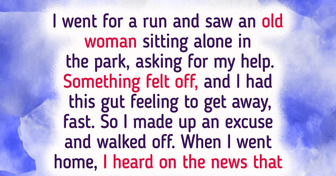14 Deceitful People Who Are Always Ready to Take Advantage of You With an Innocent Face

It seems strange that a commercial jet doesn’t have keys to turn it on! But it’s a bit more complicated than just turning a key. Instead, there’s a series of buttons and dials on the control board that starts the complicated process. A battery provides the power to the aircraft that is charged through a small electric generator within the jet’s tail.
Airflow gets in and moves into the jet’s engines to keep them cool. A reserve power then warms the turbines by turning them slowly until they start spinning at the right rate. Then, the engines can be turned on, one at a time. With up to 4 engines on a commercial jet, this entire process can take up to 90 minutes!
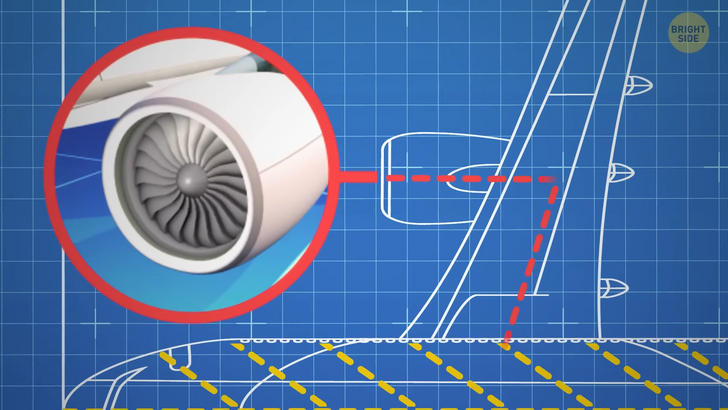
Planes don’t have keys to lock the doors, either. But when they sit idle, jets have security guards constantly monitoring them. But even if someone happened to get past them, it wouldn’t be a quick getaway!
When you enter the plane, the captain keeps a close eye on the boarding process. They are not only in command of the flight deck but also of the passenger’s cabin. To become a commercial pilot, you gotta have a distant vision of at least 20/20. But depending on the airline, it’s sometimes okay if your perfect vision is assisted with glasses.
It’s time to find a seat on the plane. You checked in late, and you’ve already had an unpleasant experience of not getting on your flight like that in the past. This is because airlines purposely overbook their flights, just in case there are any no-shows or cancellations. So, you didn’t get to choose your seat this time.
You walk past the front seats in jealousy. These are the seats that are always taken much faster because everyone wants to leave the plane as soon as possible after it lands. But if you’re choosing safety over early departure, the back is the place to be. It’s estimated to be 40% safer in the rear end of the plane.
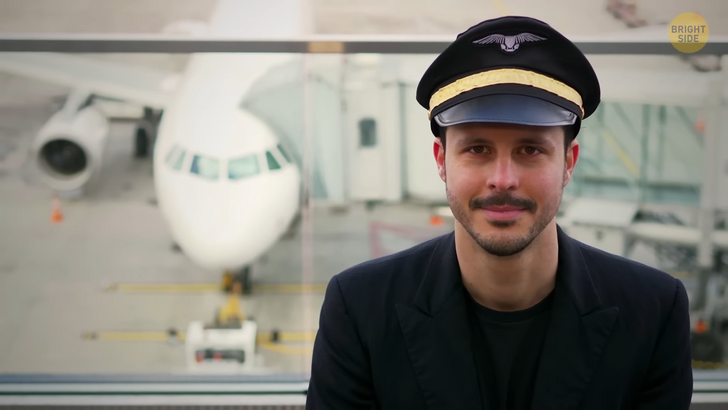
Maybe you’d prefer to drive instead of flying? The chances of something dangerous happening to a plane during a flight are 1 in 11 million. Compare it to the likelihood of a car accident, which is 1 in 5 thousand! You’ve been placed at the emergency exit, excellent, more leg room!
Over the past 30 years, leg room has been decreasing more with every year, up to 5 inches on some airlines! No, you haven’t been getting taller. The reason behind this is the more people they’re able to fit in, the more money the airline makes. Airlines don’t build their own aircraft and use factory-made planes. From there, each airline will determine its own seating structure. This is also why the seats don’t line up with the windows.
But it doesn’t matter; you have the best seat! Although it’s always a bit concerning when sitting next to an emergency door. What if you accidentally knocked it while asleep and opened it? Relax, it’s actually impossible to open these doors while flying. The air pressure inside pushes against every square inch of the cabin. On the door itself, this pressure equates to 1 thousand pounds across every square foot of the door.
But even if you somehow developed Hulk-like strength in your sleep, you still wouldn’t be able to open it as there’s a series of electrical and mechanical devices that latch it closed. The extra measures are important as the moment the door opens, the entire cabin temperature would quickly drop. And the drastic change in pressure would weaken the plane’s structure.

It’s time for takeoff, and they’ve asked you to turn your phone off. Should you, really? 10% of people have admitted that they don’t turn theirs off and don’t even set them to airplane mode! Cell phones can cause issues, but they don’t disrupt the electronics as you might believe. There is a genuine concern while you’re flying in the air that your phone can receive signals from multiple towers on the ground, providing strong distractions for the pilots.
So, let’s make their job a little easier and turn it off. The plane has reached 40,000 feet, your ears have popped, and the seatbelt sign is turned off. The flight attendant walks down the aisle with their arms held outward. Within such a thin passage, they walk this way as it helps with their balance. They try to avoid disrupting passengers, so they don’t use the headrest of the seats. And in case of any sudden turbulence, there are special grabbing spots under the overhead luggage bay.
It’s estimated that half a million people are flying in the sky at any given time. So right now, you are part of that special group involving 0.1% of the world’s population. You look out the window and notice the white wings. Planes are painted white and other lighter colors as well to help reflect solar radiation. This avoids damage from the sun by reducing the amount of heat the plane receives. But further in the distance, dark clouds approach, and the plane is heading towards a thunderstorm!
Since it’s made of metal, it has to be a big electric conductor, right? Thankfully, jets are fitted with an aluminum shell that conducts electricity very well. The cabin’s interior is completely shielded from lightning, protecting electrical systems and leaving us, carbon-based mammals, unhurt! A plane is so perfectly built for electrical storms that it’s one of the safest places to be. There haven’t been any major incidents from a storm since the 1960s!
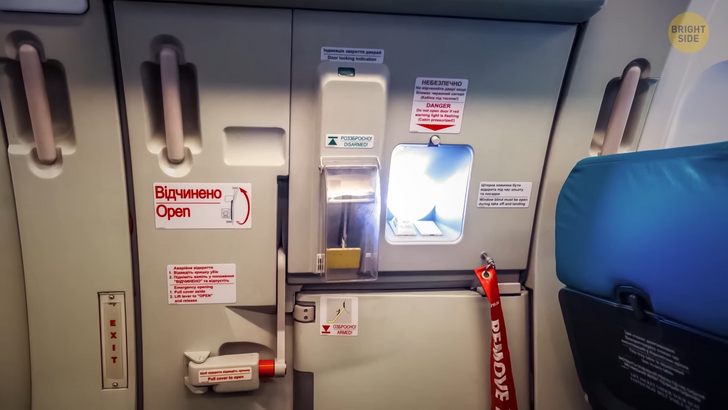
You’re thirsty, and you’re aware you should’ve brought your own water! When aircraft land at each location, they refill their water supplies. The water quality in a plane is based on where they collected the vital liquid.
Many things contribute to the water quality of every airport; water cabinets, trucks, carts, and hoses all could be of different standards. In 2019, an airline water study found that most airlines weren’t providing clean water. So the general recommendation is to only drink water from a sealed bottle and avoid even tea. But the food is perfectly fine!
As you sit back down, you notice the cabin is cold, super cold, to be honest. It’s intentionally set to around 71 degrees Fahrenheit for a good reason. When people become vulnerable to fainting, it’s due to not receiving enough oxygen. And when there’s warm air mixed with high cabin pressure, fainting becomes more common. So, while the cold air is helping those who need it, you’ve been provided with a blanket for your comfort!
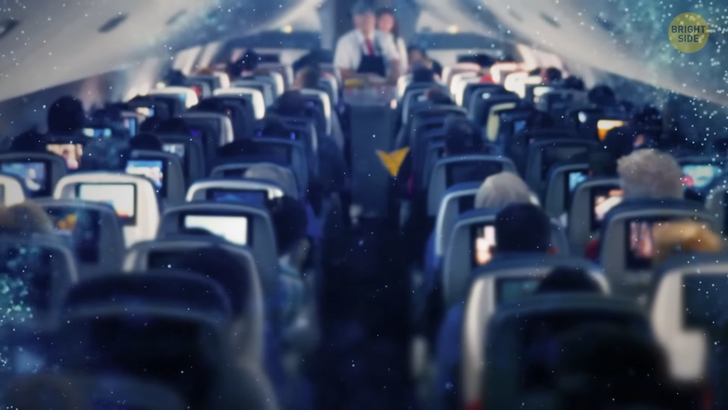
Warmed up with the blanket, you notice the dry air running through your nose, and it dehydrates your lips and eyes. But don’t worry, the air is completely safe and very clean. 40% of the air is recycled and goes through a thorough cleaning system to remove all dust and airborne bacteria. And the other 60% comes from the outside.
The humidity levels in the air get very low, and that’s why you feel all that discomfort. It’s now dark outside as the plane begins its descent to land, and the lights are dimmed. The dimmed lights aren’t for the pilots or crew or those at the airport. They’re for you!
If something goes wrong while landing when it’s dark, they’ll have to start an emergency procedure. The dimmed lights are there to help your eyes adjust and help you follow towards the exit in the dark easier. But luckily, today it won’t be necessary, as your journey has come to an end.




